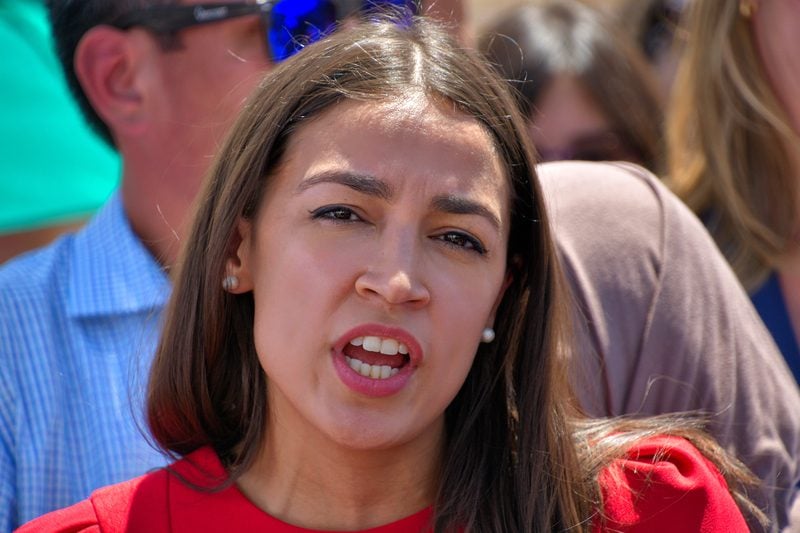According to U.S. Transportation Secretary Pete Buttigieg, New York City bridges suffer from systemic racism. This week, Buttigieg parroted a decades-old urban legend that New York City’s low bridges were built to keep black families from visiting beaches in Long Island.
This week, New York City Congresswoman Sandy Cortez had a chance to cast a vote to fix those racist bridges, but she voted no. Luckily, the measure passed and the bipartisan infrastructure bill is now a reality. A reality that will be used to fix all of the racist bridges in her city, even though she vehemently opposed the bill.
So what gives? Why are New York City’s bridges being called racist?
Here’s the back story:
The U.S. Transportation Secretary Pete Pete Buttigieg repeated an urban legend and debunked conspiracy theory that bridges in New York City were built lower in order to keep busloads of inner-city black children from going to white majority beaches.
“I’m still surprised that some people were surprised that some people were surprised to the fact that if a highway was built for the purpose of dividing a white and a black neighborhood, or if an underpass was constructed to keep a bus full of black and Puerto Rican kids from a beach in New York was designed too low, it obvious it was designed by racism.”
The theory was first presented in a 1975 book by Robert Caro entitled, “The Power Broker”.
In the book, Caro claims 1920s and 1930s New York City Master Planner Robert Moses designed New York City’s highways and bridges in a way to keep minorities confined to their neighborhoods.
“Too low for buses to pass. Bus trips, therefore, had to be made on local roads, making the trips discouragingly long and arduous. For Negroes, whom he considered inherently “dirty,” there were further measures. Buses needed permits to enter state parks; buses chartered by Negro groups found it very difficult to obtain permits, particularly to Moses’ beloved Jones Beach,” Caro wrote.
While it’s not a stretch of the imagination that Moses was racist, at the time of the construction of those bridges and roads, New York City was a predominantly white city. Until the end of World War II, New York City was 90% white. In the 1920s and 1930s the city’s black population represented just 2.71% of the total population of the city.
Some modern scholars find it hard to believe that the intent to build low bridges was driven by racism.
Instead, when Moses designed the highways connecting New York City to Long Island Beaches, Moses admitted his intent was to keep all commercial traffic off those roads. Similarly, when the New Jersey Garden State Parkway was constructed, the intent was to ensure the road was a commuter traffic only highway, free of commercial trucks and traffic. Truck traffic on that road is prohibited from exit 105 north to the New York state border.
The reason for the low bridges was because the roads designed by Moses were never intended for large commercial traffic. Nobody denies Moses wasn’t racist against the black population. With New York City being a predominantly white city, many people of the era were inherently racist.
The segregation era didn’t end until 1964, some thirty years after Moses designed the city’s highways. Although segregation was made illegal in the city in 1920, the sentiment persisted well into the late twentieth century on an institutional basis.
Many bridges in New York’s Southern State Parkway are under 9 feet in height.
What is clear is that Moses was against clogging roads with public transportation and commercial traffic. It has never been fully proven that the low bridges he designed to keep congestive traffic off the highways was borne by racism, although he has become a figure in the rallying cry against racism in New York’s infrastructure.
Few people argue against raising the height of Long Island’s bridges, but to say it needs to be done purely because they are racist is dangerous, dividing, and irresponsible of Buttigieg.
In an interview, Moses said, “Anyone can go back, if they weren’t around at the time and say how things should have been done, or at a time they were never around or never were heard from…anyone can do that.”
Moses, a lifelong Republican had plenty of enemies in politics as he worked decades to improve New York’s infrastructure in a predominantly Democrat-run system.
“There were plenty of second and third rate men in first-rate jobs,” Moses said of New York City government.
